The Secrets of Buying Fine Jewelry
The jewelry you wear expresses your style. For many, jewelry even transcends style and becomes part of who they are, a representation of their unique personality. There’s no denying that it’s fun to casually put on a trendy necklace, or a big, colorful pair of earrings. Trends can quickly go out of style, so purchasing a less costly fashion piece for short-time wear instead of a $1,000 fine jewelry piece can sometimes be the best choice.
But when you are looking for a long-lasting, deeply sentimental piece, you need to know what you’re buying.
Here’s where it gets tricky. If you aren’t lucky enough to be a trained gemologist—like our dedicated in-house expert, Pierre—how do you know what you are looking at when it comes to buying fine jewelry? Can you tell if a pearl is cultured, or if it’s natural? How can you tell if your garnet ring has the right amount of clarity and shine? Do you know how to spot heated gemstones vs. unheated gemstones? What’s the difference in quality between the different types of gold?
A cultured pearl is worth only 10 percent of a natural pearl. Heated gemstones vs. unheated gemstones will have varying color and pricing. And each type of gold (such as white gold, rose gold, and pure gold) has different strength and wear properties that you’ll want to understand before you buy.
The secret to buying fine jewelry is simple: you don’t know what you don’t know! We might not all be trained gemologists and jewelers, but there are plenty of professionals out there who can offer guidance and insight on all of the details that can be easily missed when purchasing fine jewelry.
Small, boutique jewelry stores that have an in-house gem expert—such as Plante Jewelers—are often your best bet for custom service and one-on-one consults on gemstone quality. Before you start your search, see below for some our expert tips on how to buy fine jewelry.
1. Know your metals
You probably already have an idea of the metal color that you prefer—but there are plenty of ways that metal can be strengthened and colored:
Silver
Sterling silver jewelry has a wonderful, white luster. It can be buffed to a beautiful shine. But as you know, silver does tarnish when it is exposed to air over time. Some silver jewelry has oxidized details, or an overall oxidized finish that gives it a blackened, rustic look.
Silver is sometimes plated with rhodium, which is a metal related to platinum. Rhodium does not tarnish, and has a bright white appearance. Silver jewelry that is finished with rhodium has a different look than plain silver jewelry. Deciding on a rhodium finish versus a natural silver finish is just a matter of your own personal taste—and how much you object to having to polish or clean your jewelry.
Gold
Gold jewelry is prized for its classic beauty. Pure gold is 24 karats. 14 karat gold is 14 parts gold, 10 parts alloy. 18 karat gold is 18 parts gold, six parts alloy. All gold is yellow when it comes from the earth, but gold is alloyed to make it stronger—and in some cases, to change its color.
Yellow gold is alloyed with copper or zinc, which preserves the color while adding strength. This is the easiest gold to maintain, as it can be easily polished to look like new again. One of the more popular gold trends is rose gold, which is yellow gold alloyed with copper.
White gold is alloyed with nickel, silver, or palladium to change the color. Most white gold is also plated with rhodium to produce a crisp, white finish. You can replate your white gold every few years to keep the color vibrant, as white gold will start to show warmer tones as the plating wears down. Some people are allergic to nickel, so if you have sensitive skin, you will want to look for white gold without nickel alloy.
Platinum
Platinum is a white metal that is extremely dense. When used for jewelry, platinum is the purest precious metal. This is a heavy metal, and is therefore more expensive than gold. As with all precious metals, it becomes dull with wear and can be brought back to life with a high polish.
Vermeil and Gold-Filled
Vermeil is sterling silver plated with gold. It can be yellow or rose gold plated. Gold-filled means that your fine jewelry starts as a base metal—such as brass—and has a thin sheet of gold bonded to it. These two metal choices offer the look of gold with a lower price.
For a fine piece of jewelry that will last for generations, choose silver, gold, or platinum.
2. Ask about gemstone treatment
Almost all gemstones have been treated. You should know if your gem is treated (and how), because this can affect how you care for your fine jewelry. One common permanent treatment is heat. This treatment has been used for centuries to improve color saturation. Thus, heated gemstones will typically have a much more vibrant color and clarity vs. unheated gemstones.
Some gemstones, such as emeralds, are oiled to fill small cracks. Rubies can either be heated or glass-filled to improve color and clarity. For rubies in particular, the type of treatment that your gemstone has will change the overall appearance and value of the gem. Most rubies are heat treated, making untreated rubies a rare—and expensive—commodity.
Significant gemstones should have a report from a laboratory such as the Gemological Institute of America (GIA). The gem report will identify the type of gemstone and describe its characteristics.
Any type of treatment must be disclosed to buyers, which is why it is so important to purchase gems from a reputable dealer. You should always ask about treatment and how to care for your gems, so that you can enjoy your fine jewelry for years to come!
3. Choose the right setting
Settings add to the design of a piece of jewelry. Not only should your setting be visually pleasing, but it should also keep your gem safe and secure.
Check for good workmanship—the piece should feel smooth, with no sharp edges or roughness. Prongs should be faced downward, touching the surface of the gems. A bezel setting, which is a frame of metal around the gem, should be even in width, smooth, and symmetrical.
If a row of gems is set in a channel of metal, see that the channel is even and smooth. The gems inside the channel should not be overlapping. When you turn the piece to catch the light, look at the tables—the center top facets of the gems—and make sure that they are in a neat row, not crooked or tilted.
For settings on necklaces and bracelets, you’ll want to carefully examine the clasp. Your clasp design should be easy to handle and fasten. It should also feel secure, so that you can go about your day without the fear of losing your fine jewelry.
4. Buy from a reputable jeweler
If a store claims to be selling “at wholesale prices,” consider this: how are they paying their rent, their utilities, and their own paychecks if they are truly selling at the same price they paid for the gems? A wholesale retailer is likely not your best bet for a deal—and when it comes to fine jewelry, the cheapest price doesn’t go hand in hand with gemstone quality.
Buying from a reputable jeweler means that you are purchasing fine jewelry that has been sourced and created with high quality in mind. It also means that you can rely on your jeweler to disclose treatments and provide gem reports, so that you understand the true value of your gem (and how to make it last).
When you do purchase a gemstone, always ask about the return policy. This is especially important when traveling, since it is easy to get caught up in the excitement of buying fine jewelry from a local shop. You need the protection of being able to return something you are not happy about. Some jewelry stores have a firm no-returns policy, and you will not be able to return the item—even if you have just stepped out the door and come back in!
While on vacation, look at local gems and fine jewelry for inspiration, but plan on purchasing at home where you know your jeweler. This approach means you can take your time in choosing your jewelry (instead of being rushed out the door to make your flight back home) and still have a beautiful piece to commemorate your trip.
Estate Jewelry
Estate jewelry (previously owned gems) is another great way to get a high quality piece of fine jewelry. These pieces are often older, and feature workmanship of a bygone era that simply cannot be had today. People didn’t wear jewelry as often as we do today, so estate jewelry is often in beautiful condition despite its age.
You can find estate jewelry at jewelry auctions or at your local fine jewelry store. Some dealers will even refurbish to ensure that settings are secure, metal is polished, and the clasps are tight, making estate jewelry a great option to explore for a truly unique piece.
At Plante Jewelers, we are proud to offer a wide range of fine jewelry, including rings, necklaces, bracelets, earrings, and more! We even offer loose gemstones as an option for customers who want the opportunity to design their own custom-made piece. Visit our store in Swansea to check out our collection of fine jewelry or to speak with our gemstone quality expert, Pierre. We would love to help you find the perfect piece for your collection!
Leave a comment
Comments will be approved before showing up.

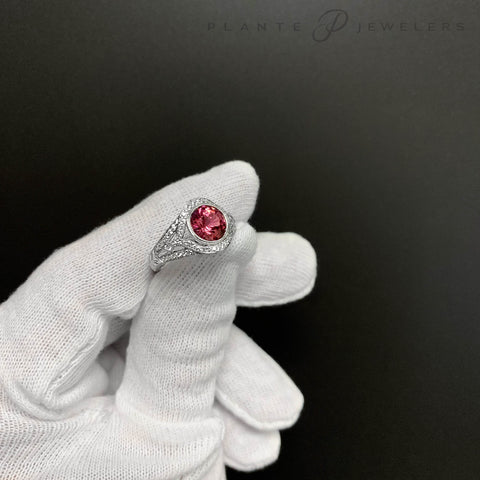
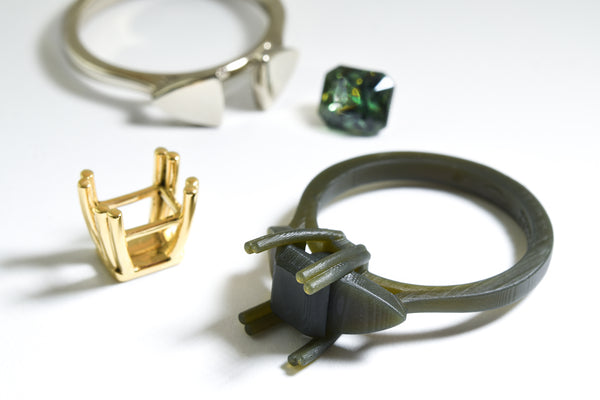
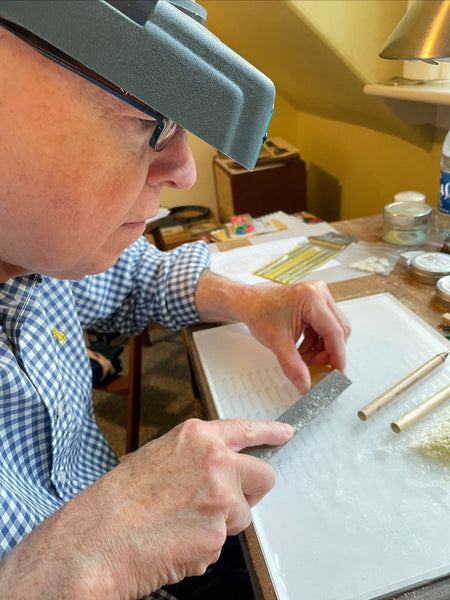
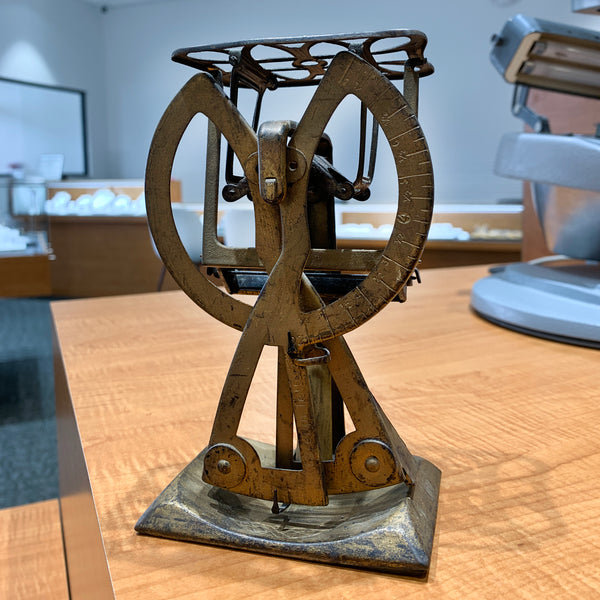
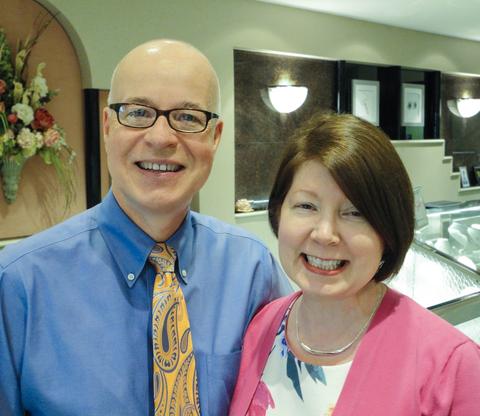
Nancy Plante
Author